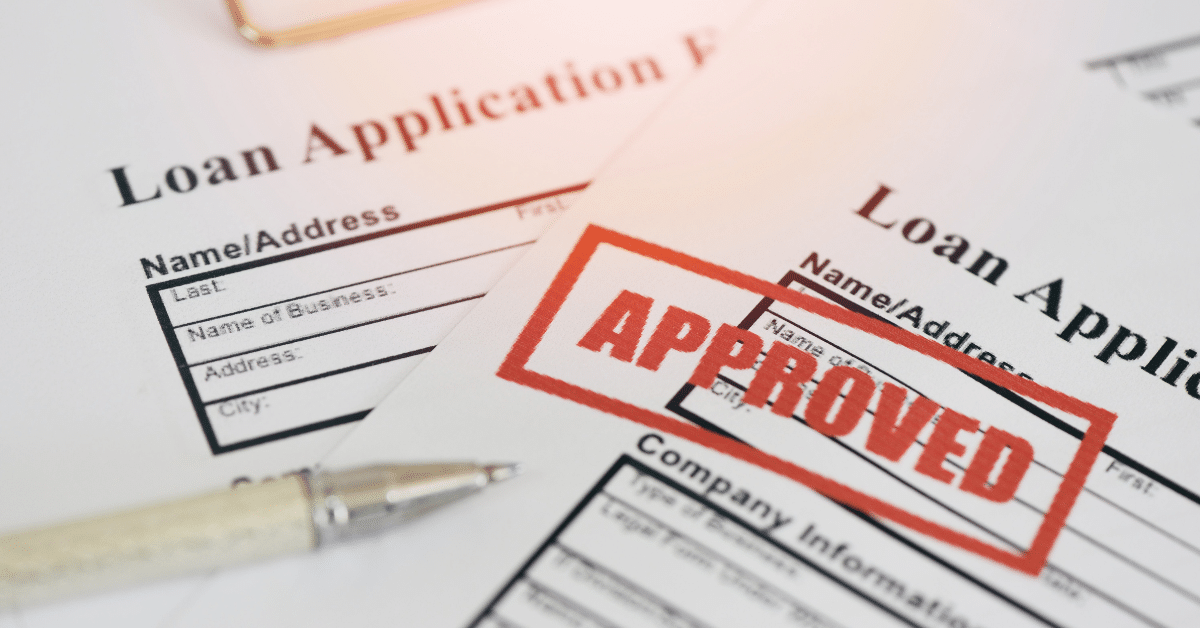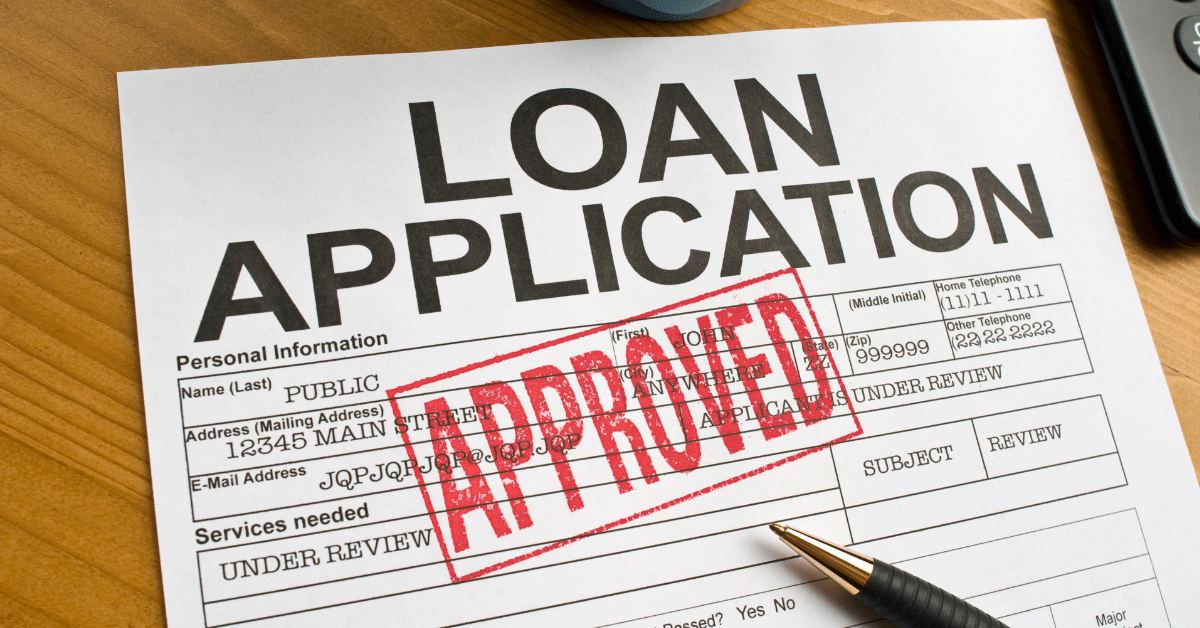Navigating the world of business financing can be a daunting task for Australian entrepreneurs, particularly those exploring caveat business lending as a viable option.
With the myriad of business loans available in Australia, understanding the nuances of short-term finance and secured loans is crucial for making informed decisions.
Caveat lenders offer unique commercial lending solutions that can provide the boost your business needs without the lengthy processes associated with traditional financing.
In this guide, we’ll break down alternative financing options specific to the Australian market, empowering small to medium-sized business owners with the knowledge and confidence to secure the right funding.
Whether you’re seeking to expand operations or need quick access to capital, this resource is designed to support and encourage your entrepreneurial journey.

Caveat business lending is a unique financing option that offers Australian entrepreneurs quick access to capital. This section explores the fundamentals of caveat lending, its advantages, and common misconceptions.
Note: You can get your free PDF guide on tips to getting a business loan below.
What Is Caveat Lending?
Caveat lending is a form of secured business loan where the borrower uses property as collateral. This type of lending allows business owners to access funds quickly, often within days.
The term “caveat” refers to a legal notice placed on the property title. This notice gives the lender a legal interest in the property, providing security for the loan.
Caveat loans are typically short-term, ranging from a few months to a year. They’re often used for urgent business needs or opportunities that require fast funding.
Key Benefits for Entrepreneurs
Caveat business lending offers several advantages for Australian entrepreneurs:
-
Speed: Funds can be accessed quickly, often within 24-48 hours.
-
Flexibility: Loan amounts and terms can be tailored to specific business needs.
-
Less stringent criteria: Approval is based primarily on property value, not credit history.
These loans can be particularly useful for businesses that need to seize time-sensitive opportunities or manage cash flow gaps.
Caveat loans also allow businesses to leverage existing assets without selling them, maintaining ownership while accessing needed capital.
Common Misconceptions
Many entrepreneurs have misconceptions about caveat business lending:
Myth: Caveat loans are only for struggling businesses.
Reality: They’re used by various businesses for growth and opportunity funding.
Myth: The lender can easily take your property.
Reality: The caveat provides security, but doesn’t give immediate possession rights.
Myth: Caveat loans are always expensive.
Reality: Rates can be competitive, especially compared to unsecured short-term loans.
Understanding these facts helps business owners make informed decisions about whether caveat lending suits their needs.
Types of Business Loans in Australia
The Australian business lending landscape offers a variety of options. This section compares traditional and caveat lending, explains secured loans, and explores short-term finance alternatives.
Traditional vs. Caveat Lending
Traditional bank loans and caveat lending each have distinct features.
Traditional loans suit long-term investments, while caveat loans are ideal for short-term needs or opportunities.
Caveat lending often has a simpler application process, making it attractive for time-sensitive situations.
Both options have their place in business finance, depending on the specific needs and circumstances of the company.
Secured Loans Australia Explained
Secured loans in Australia require the borrower to offer an asset as collateral. This security reduces the lender’s risk, often resulting in more favorable terms for the borrower.
Common forms of collateral include:
-
Real estate
-
Vehicles
-
Equipment
-
Inventory
Secured loans typically offer lower interest rates and higher borrowing limits compared to unsecured loans.
However, the risk for the borrower is the potential loss of the asset if they default on the loan. This makes it crucial to carefully consider the terms and repayment ability before committing.
Short-term Finance Options
Short-term finance provides quick access to funds, usually for periods of less than a year. These options include:
-
Business line of credit: Flexible ongoing access to funds.
-
Invoice financing: Borrowing against unpaid invoices.
-
Merchant cash advances: Repayments based on future sales.
Short-term loans often have higher interest rates but offer speed and flexibility.
They’re particularly useful for managing cash flow, taking advantage of discounts, or covering unexpected expenses.
Businesses should weigh the cost against the potential benefits when considering short-term finance options.
Choosing the Right Lender

Selecting the appropriate lender is crucial for securing favorable terms and ensuring a smooth borrowing experience. This section guides you through evaluating caveat lenders, comparing lending solutions, and asking essential questions.
Evaluating Caveat Lenders
When assessing caveat lenders, consider the following factors:
-
Reputation: Research online reviews and ask for references from other business owners.
-
Experience: Look for lenders with a track record in caveat lending.
-
Transparency: Ensure all fees and terms are clearly explained.
Check if the lender is a member of industry associations, which can indicate adherence to professional standards.
Be wary of lenders who pressure you to make quick decisions without providing full information.
A good caveat lender should be willing to explain the process and answer all your questions patiently.
Comparing Commercial Lending Solutions
To find the best commercial lending solution:
-
Create a list of your business’s specific needs and goals.
-
Research various lenders and their product offerings.
-
Compare interest rates, fees, loan terms, and repayment schedules.
Consider factors beyond just the interest rate, such as flexibility in repayment and the lender’s customer service reputation.
Look for lenders who specialize in your industry or business size, as they may offer more tailored solutions.
Don’t hesitate to negotiate terms, especially if you have a strong business case or valuable collateral.
Important Questions to Ask
Before committing to a caveat loan, ask potential lenders:
-
What is the total cost of the loan, including all fees?
-
How flexible are the repayment terms?
-
What happens if I want to pay off the loan early?
-
How quickly can funds be accessed after approval?
-
What specific property rights does the caveat grant you?
Inquire about the lender’s process for removing the caveat once the loan is repaid.
Ask for a detailed breakdown of all costs and terms in writing.
Don’t be afraid to seek clarification on any points you don’t fully understand.
Application Process Simplified
Applying for a caveat business loan doesn’t have to be complicated. This section outlines how to prepare your business, navigate the paperwork, and increase your chances of a successful application.
Preparing Your Business for a Loan
Before applying for a caveat loan:
-
Review your business financials and ensure they’re up to date.
-
Prepare a clear business plan outlining how you’ll use and repay the loan.
-
Gather documentation on the property you’ll use as security.
Assess your current debt levels and ensure taking on additional debt is sustainable for your business.
Consider consulting with a financial advisor to evaluate the impact of the loan on your business’s financial health.
Having a clear purpose for the loan and a solid repayment strategy will strengthen your application.
Navigating the Paperwork
The paperwork for a caveat loan typically includes:
-
Loan application form
-
Recent business financial statements
-
Tax returns
-
Bank statements
-
Property valuation report
-
Personal identification documents
Organize these documents in advance to streamline the application process.
Be prepared to provide additional information or clarification if requested by the lender.
Accuracy and completeness in your paperwork can significantly speed up the approval process.
Tips for a Successful Application
To improve your chances of approval:
-
Be honest and transparent about your business’s financial situation.
-
Clearly explain how the loan will benefit your business.
-
Demonstrate a solid plan for loan repayment.
-
Ensure your property has sufficient equity to cover the loan amount.
Respond promptly to any requests for additional information from the lender.
Consider offering additional security if available, as this can strengthen your application.
Remember, lenders are assessing not just your financials, but also your business acumen and reliability.
Alternative Financing Options

While caveat lending can be an excellent solution for many businesses, it’s worth exploring other alternative financing options. This section covers various non-traditional loan types, their pros and cons, and how to find the best fit for your business.
Other Non-traditional Loan Types
Beyond caveat lending, consider these alternative financing options:
-
Peer-to-peer lending: Borrowing directly from investors through online platforms.
-
Revenue-based financing: Repayments based on a percentage of monthly revenue.
-
Equipment financing: Loans specifically for purchasing business equipment.
These options often have more flexible criteria than traditional bank loans.
Each type suits different business needs and situations, so research thoroughly before deciding.
Some alternatives may offer lower interest rates or more flexible terms depending on your business model.
Pros and Cons of Various Solutions
Consider how each option aligns with your business goals and financial situation.
Some alternatives may offer more flexibility, while others provide better rates or terms.
The best choice often depends on factors like your business type, growth stage, and specific funding needs.
Finding the Best Fit for Your Business
To determine the best financing option:
-
Assess your business’s current financial health and projections.
-
Consider the purpose of the funding and how it aligns with different loan types.
-
Evaluate your comfort level with different repayment structures.
Consult with a financial advisor or accountant to get professional insights.
Don’t hesitate to ask potential lenders for case studies or examples of businesses similar to yours.
Remember, the right financing solution should support your business growth without creating undue financial stress.




